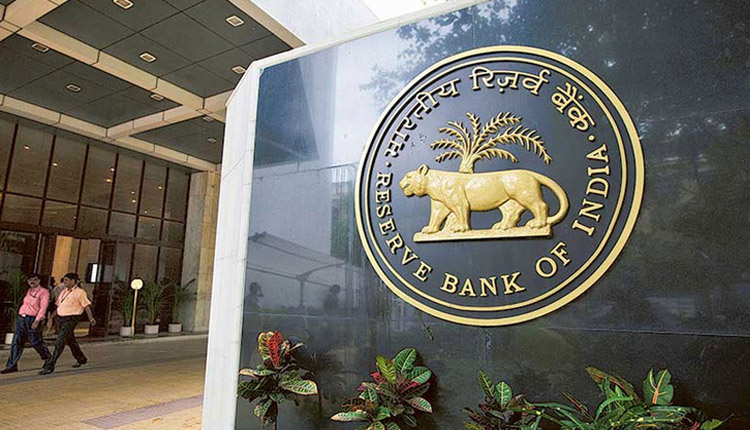India’s government will receive a 1.76 trillion-rupee ($24.4 billion) windfall from the central bank, which it may use to cut borrowings and recapitalise banks to help spur economic growth.
The Reserve Bank of India’s board said it approved the record payout on Monday, which includes a dividend of 1.23tn rupees and 526.4bn rupees from its surplus capital. The dividend payment includes 280bn rupees already transferred to the government in February.
The transfer, which rivals the stimulus that some Group of 20 nations pumped into their economies during the global financial crisis, comes amid a slowdown in the growth of India to a five-year low, depressed consumer spending and reports of tens of thousands of job losses in the auto industry.
Finance Minister Nirmala Sitharaman last week announced various measures to spur growth, including hastening a capital infusion into state-run lenders. At the same time, she is trying to stick to a narrower fiscal deficit goal of 3.3 per cent of gross domestic product for this year.
“The funds ensure that the government can provide the necessary boost to the economy while keeping its fiscal deficit contained,” said Dharmesh Kant, head of retail research at IndiaNivesh Securities in Mumbai.
The Finance Ministry is keen to use the transfer to cut its borrowings, though it has yet to make a final decision on how to spend the amount.
Bonds rallied on the news, with the yield on the benchmark 10-year security dropping 8 basis points to 6.41 per cent.
The RBI pays dividends to the government every year, based on the profits from its investments and printing of notes and coins.
Over the past couple of years, the Finance Ministry has been seeking higher payouts from the RBI, arguing the central bank is holding more capital than it needs. It was a source of contention between the government and the former Governor Urjit Patel, who quit in December.
A panel, led by former Governor Bimal Jalan, was set up to study the central bank’s capital framework. Its recommendation, accepted by the RBI’s board on Monday, was that the central bank should hold realised equity of between 5.5-6.5 per cent of its balance sheet, compared with the current 6.8 per cent. The board decided to maintain the realised equity level at 5.5 per cent, the central bank said.
The combined payout far exceeds the government’s budgeted estimate of 900bn rupees as dividend from the RBI this year.



